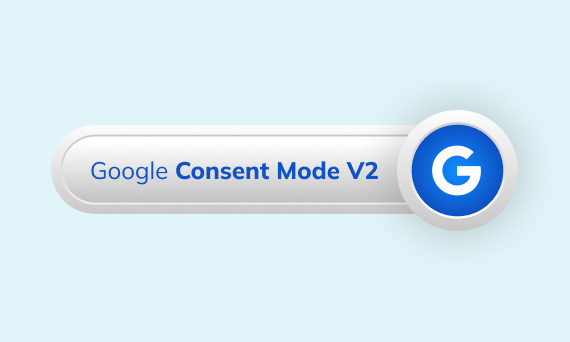Contact Us

02.01.2024
A backlink is a link provided by one website to another on the internet. In other words, it enables users to navigate to another site by clicking on a link associated with a word or image on a webpage. These links are used as references between websites and are crucial for increasing the popularity and credibility of a site.
For example, links from a blog post to another website are examples of backlinks.

Backlinks are different types of links that come from various sources. These include technical distinctions such as dofollow, nofollow, sponsored, and ugc, as well as content-focused varieties like education, e-commerce, social media, and local. Each type has different effects on increasing a site’s authority or attracting traffic.
It is a type of link followed by search engines, helping to increase the authority of the targeted site. When properly structured, a dofollow backlink can positively influence a site’s SEO performance.
It is a type of backlink not followed by search engines, and it does not have a direct impact on SEO performance. Nofollow links are often added to provide information to users, but their effects on SEO are limited. However, it would be incorrect to say that they have no positive impact on SEO.
This type of link is used in advertising and sponsorship relationships. Such links should be marked as “nofollow” in compliance with Google’s advertising policies. This ensures the preservation of the site’s natural backlink profile. Sponsored links are generally used to diversify backlinks.
These are links that come from user-created content, such as user comments or forum posts. Links in content like user reviews are often considered UGC. These types of links can be valuable for user interaction and content enrichment. Similar to sponsored links, UGC links can be used for backlink diversity.
The tags shown above are code tags. They can be used in conjunction with backlinks; if no tags are used, the link is perceived as dofollow.
Educational links are typically connections originating from reliable and information-focused sites, often affiliated with universities or educational institutions. The impact of these backlinks on site authority is more significant due to their association with trustworthy extensions such as “.edu.”
Connections made between e-commerce sites can focus on products, reviews, or shopping experiences. These links have the potential to increase traffic among commercial sites. However, the statement that backlinks will increase site traffic is not always 100% accurate.
Links originating from social media platforms also fall into the category of backlinks. Shared content usually includes redirecting links from social media profiles to websites.
Links where a business is listed or introduced in local blogs or news sites are referred to as local backlinks.
Perfist Blog
Similar Articles

With the transition from Universal Analytics to Google Analytics 4, there may be some issues you need to resolve. One of these issues is “unassigned” traffic. Dimensions appearing as “unassigned” / (not set) in reports negatively impact your ability to analyze and optimize. We will discuss the causes of “unassigned” traffic in your GA4 reports […]
Read More
Beginner Level Web/App Analytics
Earlier this year, Google Cloud announced that BigQuery data warehouse supports automatic data transfer from Facebook Ads. In its preview stage, this feature offers an alternative way to enhance analysis and insights by allowing the scheduling of data loading tasks. With this integration, the need for third-party tools or manual code execution is eliminated. This […]
Read More
Mid Level Web/App Analytics
By combining the app and web data in Google Analytics 4, app analysis has become more easily trackable. Firebase Analytics allows you to easily track your iOS or Android app with GA4. With numerous different tools available for mobile app tracking, being able to see both web and app data within the same property is […]
Read More
Mid Level Web/App Analytics
Businesses want to use as much data as possible from analytics and marketing cookies. However, in order to collect and use this data, they need to comply with laws such as KVKK/GDPR. By enabling Cookie Mode, Google helps to use cookies according to the level of consent. In other words, with Cookie Mode, users’ privacy […]
Read More
Mid Level Web/App Analytics